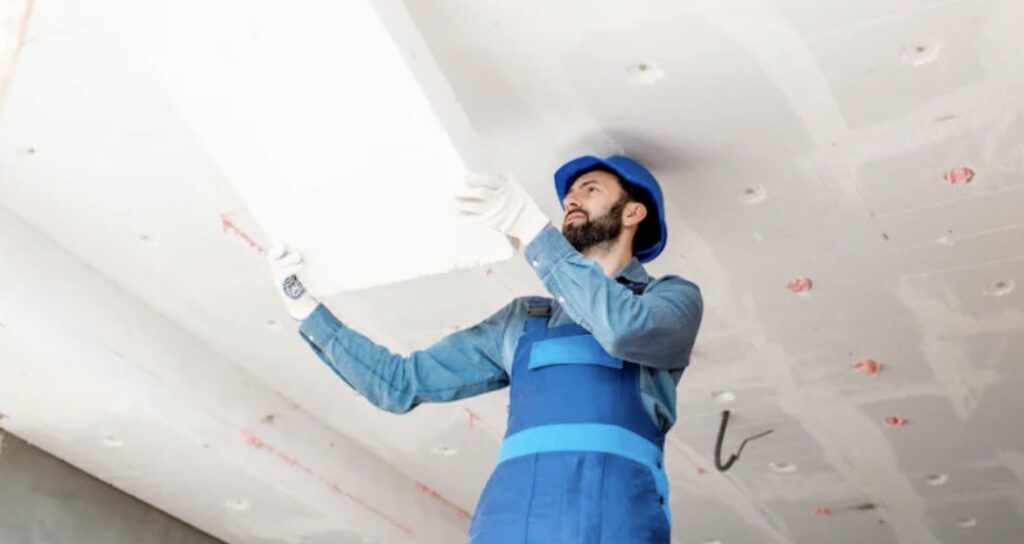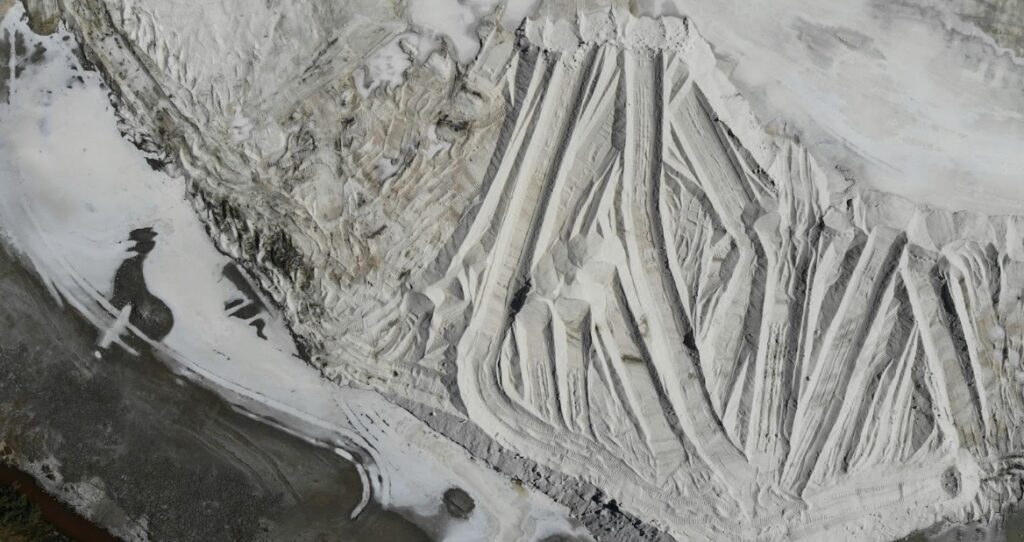Under the Control of Asbestos Regulations 2012 (CAR2012) and accompanying HSE guidance, certain categories of work with asbestos require a licensed contractor. These include friable materials (like loose insulation, pipe lagging, and sprayed coatings), which can release hazardous fibres easily.
In contrast, some bonded materials (e.g., floor tiles or textured coatings) are classified as “low-risk” and may be removed without a licence if handled safely. However, if you remove more than 10 m² of non-licensable asbestos-containing materials (NNLW), you must notify the HSE 14 days in advance. Failure to comply with asbestos-related laws can result in unlimited fines and potential prosecution under criminal regulations.
Health Risks of DIY Asbestos Removal
Disturbing any asbestos-containing material (ACM) can release microscopic fibres, which, when inhaled, lodge deep within the lungs. These asbestos fibres may cause serious diseases such as asbestosis (scarring of the lung), lung cancer, and mesothelioma, often developing 20–50 years after exposure.

DIY removal, especially using dry scraping, sanding, or power tools, greatly increases airborne asbestos fibre release. This not only endangers the person conducting the work but also risks contaminating family members and neighbours with asbestos, especially in confined or poorly ventilated spaces.
Identifying Low-Risk Asbestos Materials Suitable for DIY
You may identify materials that are suitable for unlicensed asbestos removal, but caution is key. Typical low-risk ACMs include non-friable bonded products such as vinyl flooring, bonded cement sheets, and intact textured coatings.
Use simple checks—lightly press or scratch a discreet area and see if it crumbles easily or produces dust. If it appears to be friable, you should refrain from removing it. When there is any doubt—such as deteriorating or older materials—stop immediately.
Step-by-Step Guide to Safe DIY Asbestos Removal
The guide to a DIY asbestos removal includes the following steps:
- Preparation: Clear furniture and belongings from the area. Seal doors, vents, and window gaps with tape and plastic sheeting. Turn off HVAC systems to prevent fibre spread through ducts.
- PPE & Equipment: Wear a half-mask P3 respirator, disposable overalls with an integrated hood, nitrile gloves, and safety boots. Keep a spray bottle of water mixed with a wetting agent, sealable polythene bags, and heavy-duty tape on hand.
- Removal Technique: Thoroughly wet the ACM surface before starting. Avoid using power tools. Instead, peel or gently lift materials by hand, keeping surfaces damp. Roll up and carefully lower debris to avoid breakage.
- Clean-up: Place all waste and used PPE into double-sealed bags, clearly labelled “Asbestos Waste”. Wipe tools and surfaces with damp cloths before disposing of them similarly.
- Personal Decontamination: After completing the work, remove the overalls outside, place the used PPE in sealed bags, and shower thoroughly—washing the hair and body to remove any fibres. Avoid shaking overalls or clothes, and wash them separately from household laundry.
Notification & Record-Keeping for Non-Licensed Asbestos Work
If your planned non-licensed asbestos removal covers more than 10 m², you must submit an NNLW notification to the HSE at least 14 days before starting. The notification must include:
- Detailed address of the worksite
- Scope of the work (type and extent of ACMs involved)
- Start and end dates
- Contractor details and health and safety arrangements
Keep comprehensive records—photos of sealed areas, waste bags, support receipts, and HSE acknowledgement—to defend against future claims and demonstrate due diligence in case of enforcement visits.
Safe Disposal of Asbestos Waste
All asbestos waste must be packaged securely following HSE guidelines: double-bagged in 1000-gauge polythene, properly labelled with “Asbestos Waste”, and sealed with tape.

Use a licensed hazardous waste carrier to transport the asbestos material, and fill out a consignment note for the disposal facility. Disposal costs range from £150 to £300 per load, depending on asbestos volume and facility location.
Book disposal appointments in advance to avoid accumulating hazardous asbestos waste on-site, and ensure the disposal destination is authorised to handle asbestos waste.
Cost of Asbestos Removal
DIY asbestos removal of small bonded ACM areas (5–10 m²) costs between £100 and £300, covering PPE and disposal fees. For larger or professional asbestos removal, costs rise to £500–£1,500, dependent on the material type, room size, and disposal needs.
Schedule the work to minimise household disruptions—ideally during quieter weeks—and consider combining multiple asbestos tasks at once.
Plan for 1–2 days on-site, with additional time for any lab asbestos testing or clearance requirements. For licensed work, expect up to 5 days turnaround, including pre-site setup and post-work testing.
